Reading Australia: 'Zac and Mia' by A.J. Betts
In the 1980s, 1990s, and early 2000s there was a flurry of what were called ‘single issue’ or ‘problem’ novels for teenagers. The books focused on problems or issues that frequently confronted teenagers, such as bullying, anorexia, child abuse, depression, suicide, unplanned pregnancies, struggles over friendships, puberty, divorce, and more. These were indeed matters faced by young people, and the rationale was that by reading about others in similar situations, teenagers would feel less alone and might also find ways of coping. ‘Reading novels dealing with social and personal problems is a safe way to bring these issues into focus and give adolescents a chance to talk about their own experiences or relate their own lives to what others have gone through’ (Diana Hodge, The Conversation, 13 June 2014). There is a whiff of bibliotherapy (books and reading as therapy) in this view which seems to undermine the notion of reading and evaluating books for their literary merit.
This subgenre was most widespread in the United States, with Judy Blume probably the most prolific and popular proponent. Are You There God? It’s Me, Margaret (1970) features a young girl asking for help from a higher being about pressing issues such as buying her first bra and having her first period. Like many of Blume’s books, it was criticised for tackling taboo topics and for being too frank. Her most frequently banned book, for somewhat older readers, was Forever (1975), a mildly explicit exploration of a first sexual encounter and, most contentiously, of the use of contraception by the girl.
Judy Blume sold some eighty-two million books, was widely translated, and was also hugely popular in Australia. Blume was clearly speaking directly to a large and receptive audience of young people aged twelve and up – perhaps even younger, as the books were very easy to read. However, while she was frequently challenged for her outspokenness and determination to explore issues, her often simplistic approach to her themes and characters, and her general lack of depth or sophistication were rarely called in to question. The focus was largely on the issue rather than on characters or character development. Should buying a first bra be a matter of such careful and painful consideration? Few of her characters were allowed to think beyond themselves and their immediate concerns. Identity and solving an apparently significant problem in a socially acceptable way were central.
During this period, several Australian, European, and US writers produced books on contentious topics. One early translation from Swedish was Gunnel Beckman’s Mia Alone (1978), about a young teenager who realises that only she can make the difficult decision about whether to have an abortion or not. Most of these books were devoured by girls, though teachers and librarians knew that boys read many of them secretly. Some confessed that the books gave them much needed insights into the mysteries of how girls thought and felt.
John Marsden surged on to the Australian scene in 1987 with his multi-award winning So Much to Tell You. He followed this with stories showing young people battling violence, authority, and loveless, isolated lives in books such as Letters from the Inside, Checkers, and Dear Miffy, the latter probably his most confronting and disturbing book. With these books Marsden was at times lumped in with the writers of problem novels. However, his books focused on society and how it viewed and treated young people and how in turn those teenagers observed their world and dealt with what they faced. The focus was not simply on the ‘issue’ or a specific problem. Furthermore, the language and scenarios were much more complex and nuanced.
 Zac and Mia (2013, Text Publishing)
Zac and Mia (2013, Text Publishing)
Buy this bookIt is into this much-changed, more open, and far more sophisticated reading environment that A.J. Betts and others have stepped. It is important to locate Betts amongst some other fine Australian writers of realistic fiction like David Metzenthen, Maureen McCarthy, Jaclyn Moriarty, J.C. Burke, Cath Crowley, Will Kostakis, Scot Gardner, Sonya Hartnett, Melina Marchetta, Lili Wilkinson, Simone Howell, Julia Lawrinson, Vikki Wakefield, Fiona Wood, and Clare Zorn. These contemporary writers create works that are varied, challenging, stimulating, and complex.
On a cursory look, Zac & Mia (2013) could be mistaken for an ‘issues’ book; one about teenagers with cancer. However, to view the book in those terms would be reductive and do a disservice to Betts and her book. Betts has written: ‘When I began to work on Zac & Mia, I hadn’t chosen to write about cancer ... I was toying with two separate ideas: love and isolation’ (Viewpoint). Zac is in isolation following a bone marrow transplant after chemotherapy failed to cure his leukaemia. Mia has just been admitted to the room next door in the adult oncology ward, with osteosarcoma (a cancerous growth) on her ankle. The teenagers make their first tentative contact by tapping on the wall of their adjoining rooms. Betts has said the image of two hands meeting on either side of a hospital wall was what sparked this story, which took her some four years to write and refine. Betts is interested in how her two main characters view and deal with their situations; how they see themselves and their future; how they cope with adversity; how they see their place in the world and amongst their peers; how they view their bodies at different stages of treatment; how their very different families and family circumstances affect their lives; how they behave and cope – or don’t; and how from this situation an unlikely friendship and even love might develop.
How characters change and perhaps mature is an important feature of Young Adult – and adult – fiction. Betts uses a three-part structure in Zac & Mia to highlight the significant, subtle, and often unexpected shifts in her two protagonists’ situations, states of mind, attitudes, and moods. Perhaps the most notable and sophisticated achievement of the book is how deftly Betts manages these shifts. The middle part of the book gives us the alternating voices of Zac and Mia, while the third part is told from Mia’s point of view. However, as the novel is bookended by Zac’s voice he may be seen as the more important character. Betts’s ability to capture and sustain the voices of these two fragile teenagers is remarkable as is her facility with snappy, authentic, convincing dialogue.
In the first section, we get Zac’s perspective but also his view of Mia, as far as he can glean despite their minimal contact. The mother and daughter (Zac assumes it is a mother and daughter) seem at odds, angry. Zac appears calm, articulate, smart, level-headed, with a good understanding of his current state of health and prognosis for the future. His tone is often wry and self-deprecating. He copes partly by tracking through ‘the maze of blogs and forums’ on cancer and arming himself with statistics about the stages and outcomes of his and other types of cancer. He tends to do all this at around 3 a.m., when his ever-present mother is dozing, but he is unable to sleep.
Google tells me there are over 742 million sites on cancer. Almost 8 million are about leukaemia; 6 million on acute myeloid leukaemia. If I google ‘cancer survival rate’ there are over 18 million sites offering me numbers, odds and percentages. I don’t need to read them: I know most of the stats by heart.
On YouTube, the word ‘cancer’ leads to 4.6 million videos. Of these, 20,000 are from bone marrow transplant patients like me, stuck in isolation ... The world is turning and thousands of people are awake, updating their posts on the bookmarked sites I trawl through. I’ve come to know these people better than my mates. I can understand their feelings better than my own ... I track their treatment, their side effects and successes. And I keep a tally of the losses ...
Then I hear the flush of the toilet next door.
The new girl and I have one thing in common at least.
This section reveals much about the ways Betts builds her characters and her narrative, but also how she packs in extensive research and information without interrupting the flow with blocks of author-imparted facts. We come to understand not only what Zac is facing but how he does this. He clearly has a supportive family. Through his obsession with statistics and with Emma Watson, a star of the Harry Potter films, Betts injects some much-needed lightness and humour. The reader lives through Zac’s day-to-day experiences with him – and those of his mother, the hospital staff and others, including Cam, an adult patient who does not survive. From the other side of the wall and later via texts, Mia’s initial ignorance and lack of understanding or empathy align us with Zac, though her honesty, irritability, and bluntness prove to be an acerbic counterpoint to Zac’s apparently unfailing equanimity. Zac appears to have a much wider knowledge of the world. We begin to get to know Mia through this contrast:
Mia: What happens to someones facebook when they die?
Zac: I don’t know
Mia: Where do the profiles of dead people go?
Zac: U’ll have to ask Zuckerberg.
Mia: Who?
Towards the end of the book, Zac wonders:
Why do I like Mia?
I like that she’s tough on me, knowing I can handle it. She doesn’t tiptoe around the bad stuff or hide what’s going on in her head. If she feels something she says so, she shows it. She says and does all the things others hold back. She’s not predictable or safe. She doesn’t talk bullshit, the way most other girls do. She’s alive, despite everything, kicking and screaming and swearing. Fighting still.
Perhaps what is most worth exploring in Zac & Mia is the nature and extent of Mia’s transformation and how, as she grows stronger physically and mentally and learns to accept her situation, she is in turn able to help Zac face his parlous future. However, does Mia change too quickly and drastically? And does her much-improved relationship with her mother happen too rapidly? Is all this a little too easy? Is it convincing?
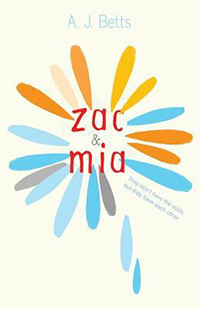 Zac and Mia (2014, Houghton Mifflin Harcourt)
Zac and Mia (2014, Houghton Mifflin Harcourt)
Buy this bookAnd how does A.J. Betts know so much about cancer, various treatment regimes, and the details of life in cancer hospitals? Betts has written: ‘Since 2004, I’ve been working as an English teacher with Hospital School Services in Perth. I’ve met hundreds of amazing teenagers, particularly on the adolescent oncology ward’ (Viewpoint). To this insider knowledge Betts has added prodigious amounts of research, though this never overwhelms her story.
In the third section of the book, Mia is back in hospital. She has had a wild and gruelling time after she fled after the amputation of her lower limb. Here, Betts confronts a very difficult ethical and moral question. Should Mia have been asked to agree to the amputation?
But I didn’t get that choice. My mother signed the form while I was on the operating table, the tumour holding tight to the artery it had wrapped itself around. ‘We had to act immediately,’ surgeons told me later.’An excision and bone graft were no longer practicable.’ Consent was needed. They didn’t wake me up; they handed my mother a pen. She signed her name and ruined my life.
Melodramatic? Perhaps. But she is understandably furious and distraught, and her sense of self has taken a battering. She was (still is) a pretty girl who relied on her looks for attention from boys and girls. Her deb dress is hanging at home ready. ‘Without my looks, what’s left? I’m not smart, or kind, or talented, or creative, or funny, or brave. I’m nothing.’ Betts leaves it to the reader (and to Zac and his family, and eventually to Mia’s mother) to test these assumptions. Now neither her mother nor her boyfriend nor her best friend seem able to understand, accept, or cope. Her mother had said: ‘Sort it out or leave.’ Mia needs more treatment; her wound becomes infected, but all she wants to do is escape. With her blonde wig, temporary ill-fitting prosthetic, crutches, and fragile physical and mental states, she steals, lies, and acts increasingly irrationally until she runs out of money and options and inevitably ends up at Zac’s home, The Good Olive! Olive Oil and Petting Farm. This is a country haven and the home of a loving, extended family. The contrast with Mia’s circumstances is stark. Zac tries to help, but he is out of his depth and it his older, very pregnant sister, Bec, who takes Mia in to her home next door and provides her with the space and time to come to her senses, regain some equilibrium, and eventually accept the treatment she needs. Zac/Betts sum up Mia’s initial situation beautifully: ‘Whatever’s happened to Mia, it’s emptied her. It’s left behind a girl with fake hair, fake plans, and nowhere in the world she actually wants to be.’
The story draws to its quiet and uncertain conclusion as Zac reluctantly prepares for another bone marrow transplant after lying and hiding via an ingenious ruse. Now it is Mia who drags Zac out of his depression and becomes the voice of hope and reason. Betts has written: ‘As the characters developed I became obsessed with three questions: What is courage? What is beauty? What is love?’ (Viewpoint). So we have a story of friendship and love and understanding that evolved from the plight of two initially very different young people whose lives have affected and changed others too.
Betts’s first novel, Shutterspeed (2008), a fast-paced story featuring photography and motorbikes, was aimed at teenage boys. It is about a boy who is bored, lost, and whose single father is distant. Wavelength (2010) presents Oliver, stressed about his forthcoming Year Twelve exams. When sent to stay with his father, he finds himself, much to his annoyance, in close proximity to residents in an aged care home who then, unexpectedly, offer him the gift of many new ways of seeing life. All three books derive their power and interest from innovative structures, strong characterisation, tight plotting, considerable authorial insight, and vivid settings – all in Western Australia. Zac & Mia, Betts’s third book, takes her writng to new heights. It was the winner of the Text Prize for an unpublished manuscript and this win gained her publication with Text Publishing, a major Australian independent publisher.
There have been inevitable comparisons with John Green’s best-selling The Fault in Our Stars (2012), also about two young people dealing with cancer. Zac could tell us how statistically probable two (only two?) such publications would be. Both are well worth reading. Zac & Mia has been translated into about a dozen languages and has found admiring audiences all over the world. The influential US Kirkus Reviews concluded its appraisal of Zac & Mia: ‘It’s the healing powers of friendship, love and family that make this funny-yet-philosophical tale of brutal teen illness stand out.’ It is a deeply affecting (but never sentimental), dramatic and sparklingly told story, with universal interest and appeal.
Referenced works:
Beckman, Gunnell (1973) Mia Alone, translated by Joan Tate (1978), Bantam Doubleday
Blume, Judy (1970) Are You There, God? It’s Me, Margaret, Bradbury Press
Blume, Judy (1975) Forever, Bradbury Press
'Contemporary Cool in Young Adult Fiction' by Joy Lawn, The Australian, 29 March 2014
Marsden, John (1987) So Much to Tell You, Joy Street Books
Marsden, John (1992) Letters from the Inside, Pan Macmillan
Marsden, John (1996) Checkers, Houghton Mifflin
Marsden, John (1997) Dear Miffy, Pan Macmillan
On books for young adults, Viewpoint, vol. 21, no 4, Summer 2014
'Young adult fiction’s dark themes give the hope to cope' by Diana Hodge, The Conversation, 13 June 2014
Zac and Mia by A.J. Betts, Kirkus Reviews, August 1 2014



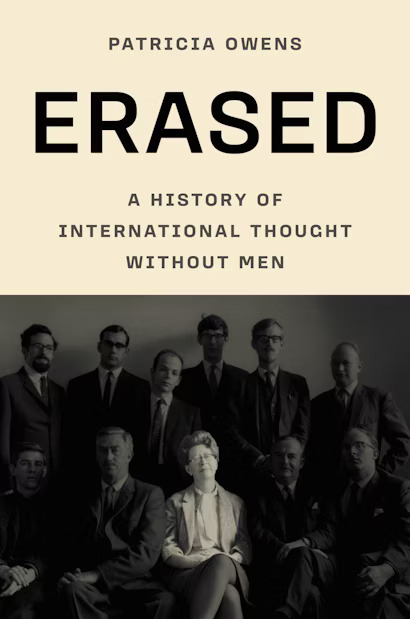

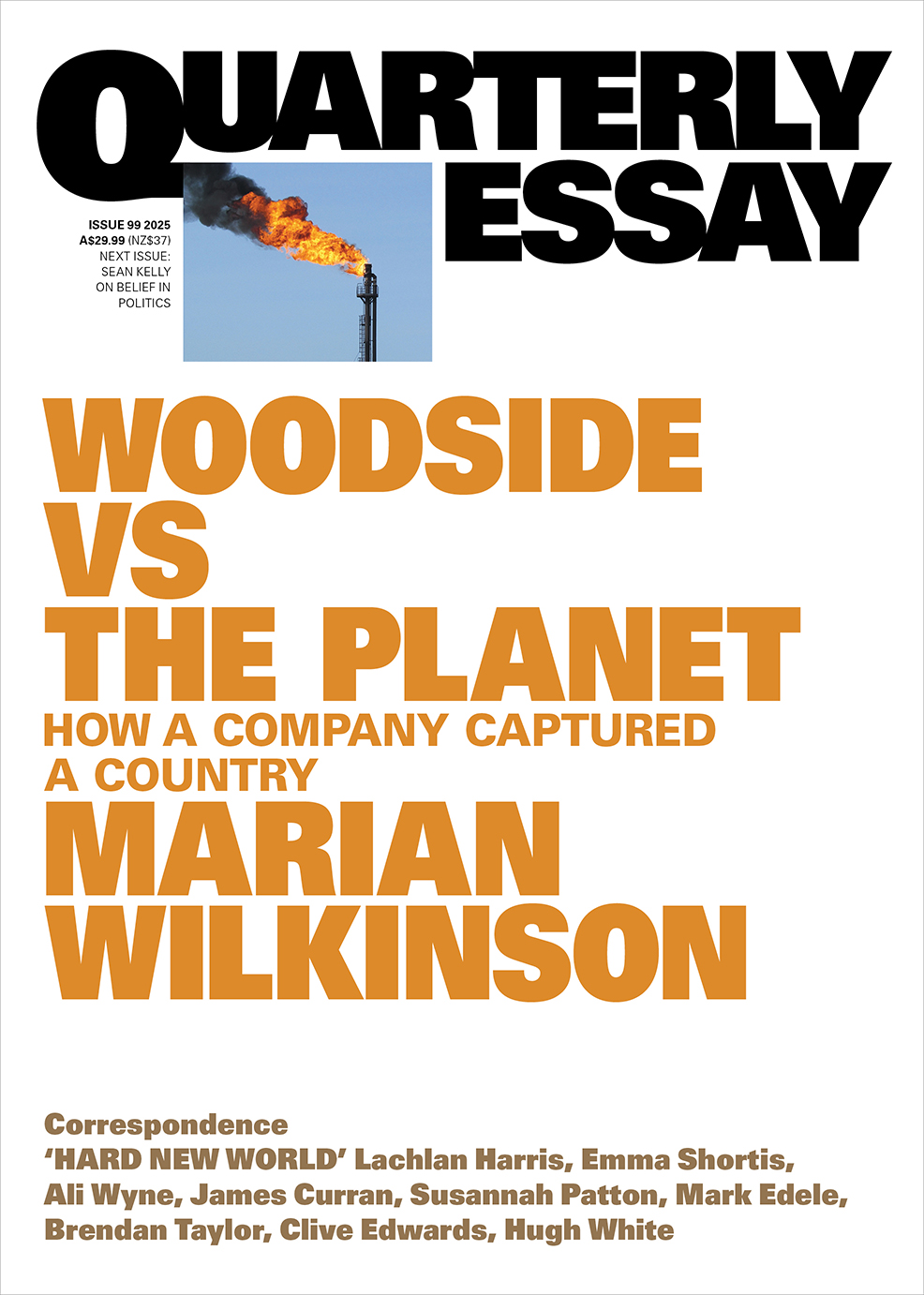
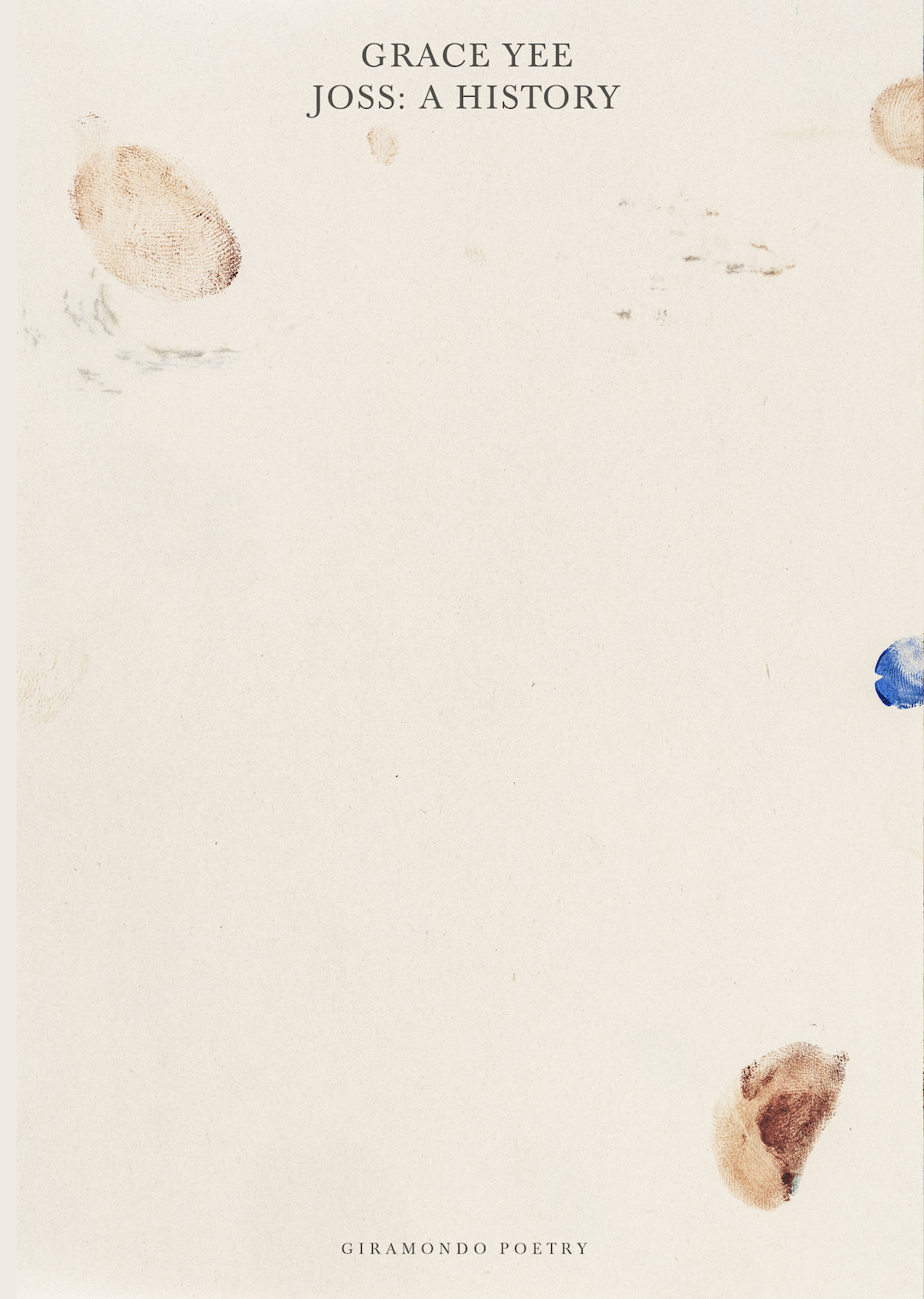
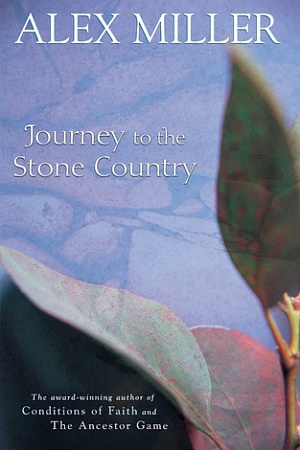



Leave a comment
If you are an ABR subscriber, you will need to sign in to post a comment.
If you have forgotten your sign in details, or if you receive an error message when trying to submit your comment, please email your comment (and the name of the article to which it relates) to ABR Comments. We will review your comment and, subject to approval, we will post it under your name.
Please note that all comments must be approved by ABR and comply with our Terms & Conditions.